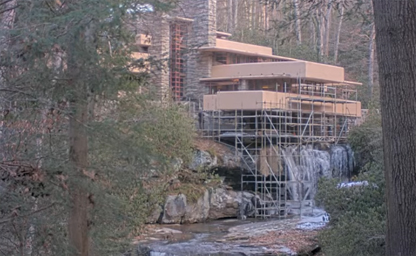
Fallingwater
Located in the Laurel Highlands of southwest Pennsylvania

Located in the Laurel Highlands of southwest Pennsylvania

Kensington has for years been a haven where addicts could freely shoot drugs
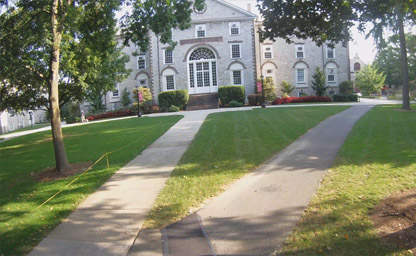
Old West, the oldest and most recognizable building, sits in the middle of the academic quad
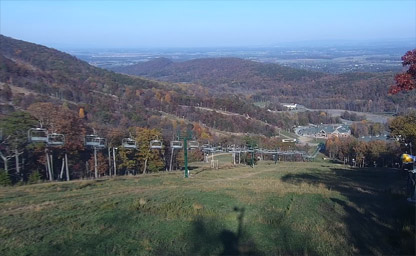
A four-season resort located on Two Top Mountain
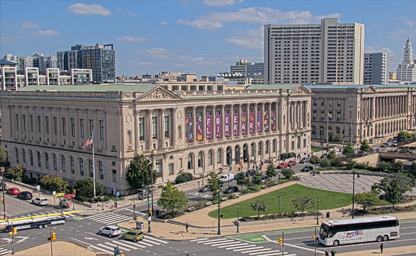
Stretches from Logan Circle to the Philadelphia Museum of Art
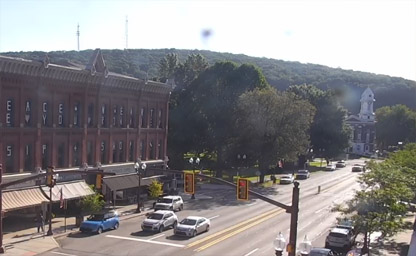
A city and the county seat of Venango County
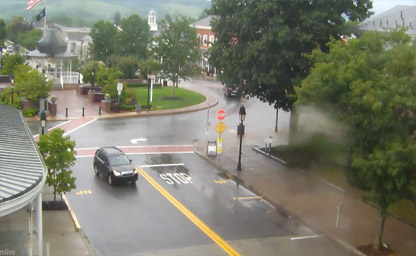
Nearby Seven Springs Mountain Resort
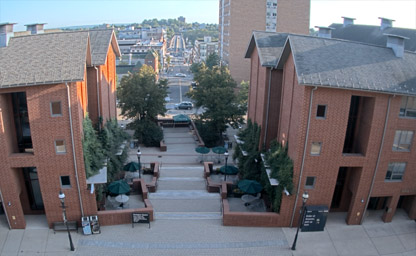
Located at the Lehigh University, a private research university

It is part of Northeastern Pennsylvania
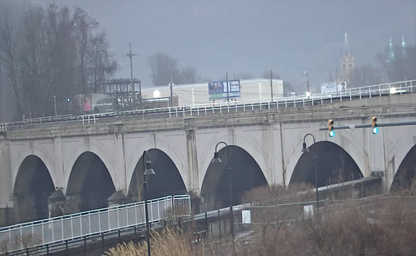
An icon of the 1889 Johnstown Flood that is today lighted in colorful, animated LED lights
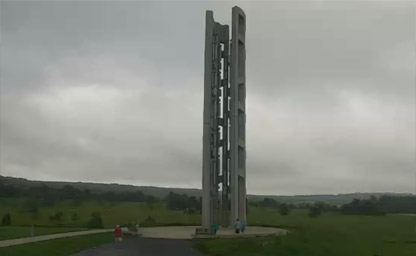
Non-profit organization in Stoystown

A borough with home rule status in Crawford County
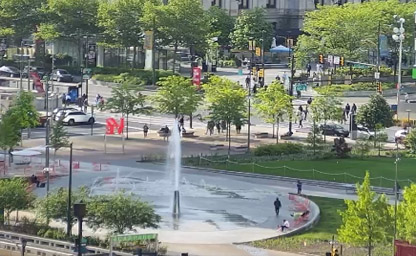
An art deco fountain sculpture located in the center of Logan Circle in Philadelphia
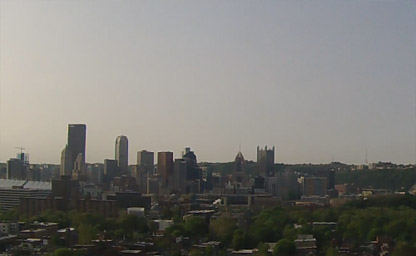
A grouping of historically African American neighborhoods in the City of Pittsburgh
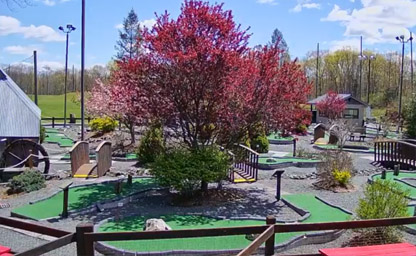
At the confluence of the Delaware and Lackawaxen Rivers
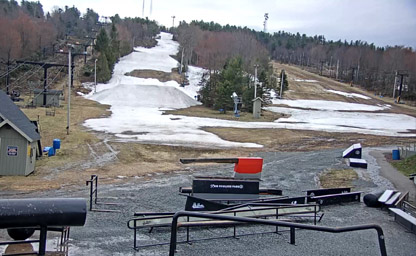
A small and beautiful Monroe County township
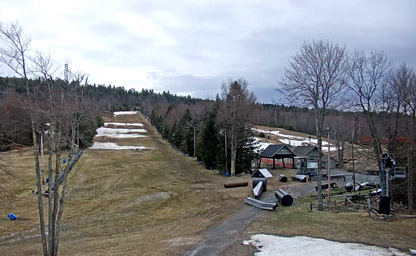
This small township in the Pocono Mountains
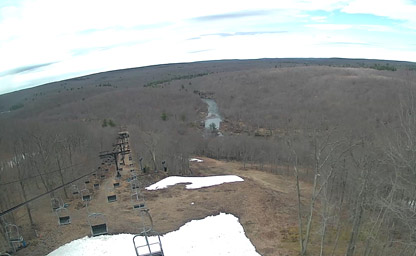
A few hours from New York City
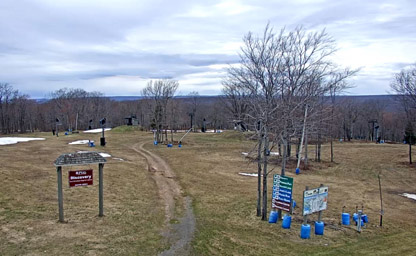
Nestled in the Pocono Mountains
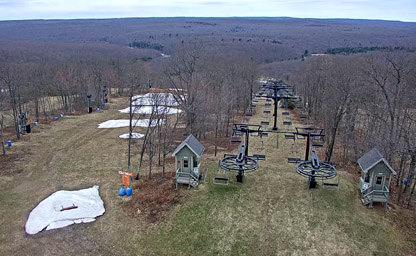
Situated in Kidder Township, Carbon County
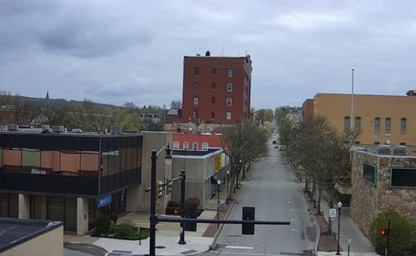
Situated on top of the Downtown Mall on Water Street in Crawford County
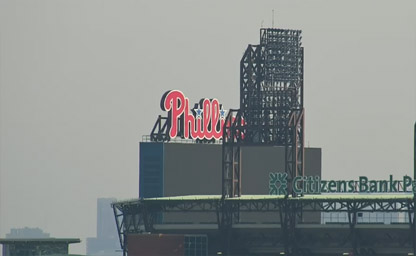
A skyscraper complex in Philadelphia
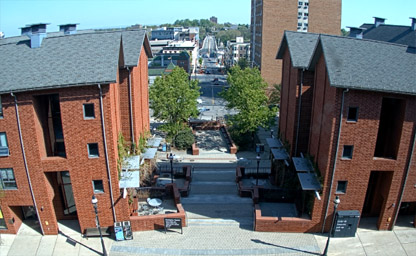
Situated at the bottom of campus right on top of the Lehigh bookstore
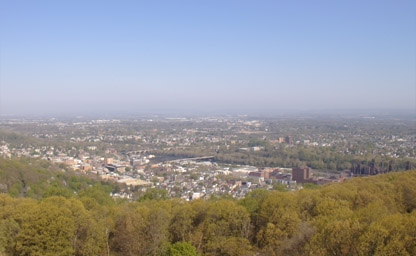
Known as the Christmas City
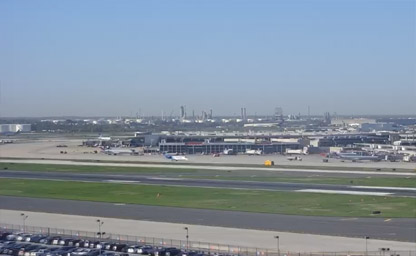
The primary airport serving Philadelphia
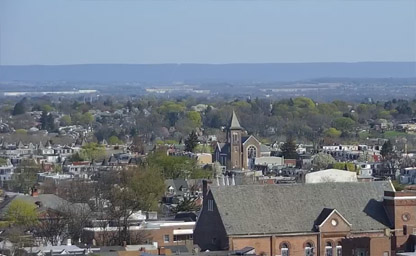
A beautiful city in Lehigh County in the Commonwealth of Pennsylvania
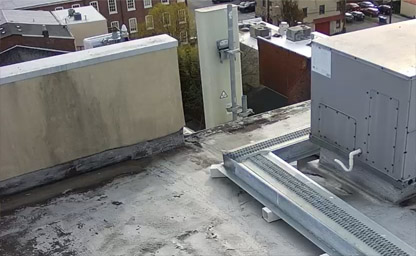
The county seat of Chester County, Pennsylvania
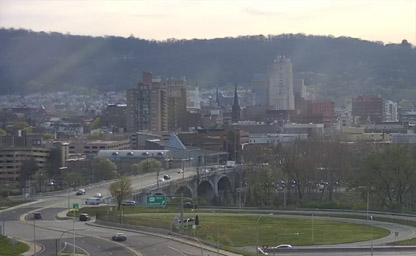
A borough in Berks County
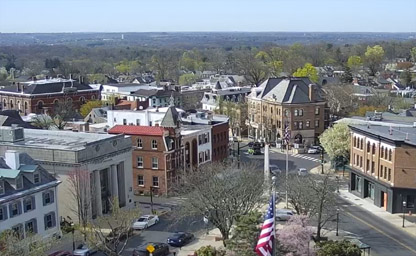
A borough and the county seat of Bucks County in Pennsylvania
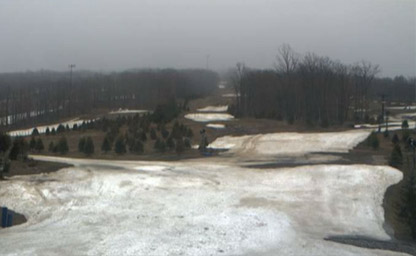
A beautiful city in northeast Pennsylvania
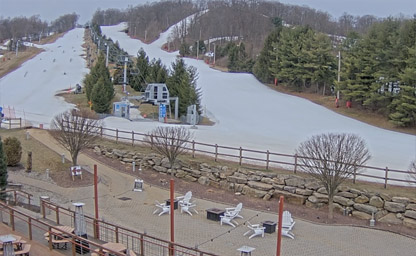
Known colloquially as The Valley
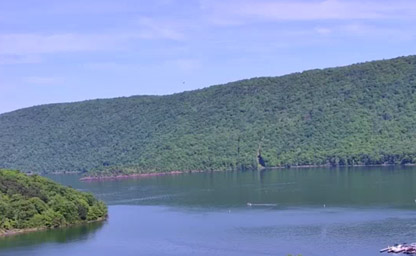
A reservoir in Huntingdon County, Pennsylvania
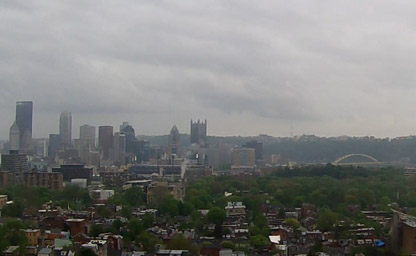
A city in western Pennsylvania at the junction of 3 rivers
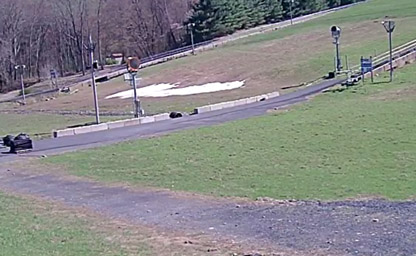
Day parking directly outside the Snowtubing Park
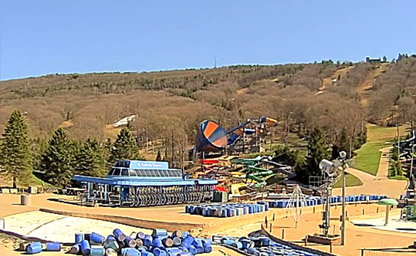
Camelbeach is one of the most exciting Poconos waterparks
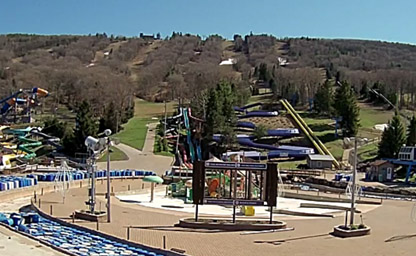
The outdoor waterpark is the largest in PA and located near NYC
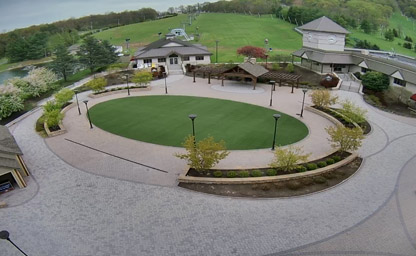
Located from Pennsylvania, near the scenic Catoctin Mountains
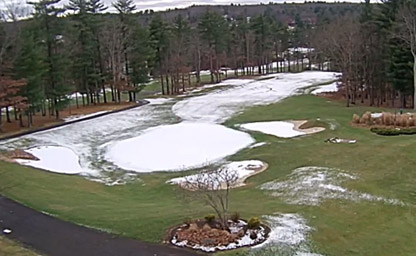
Experience the incredible golf and breathtaking scenery
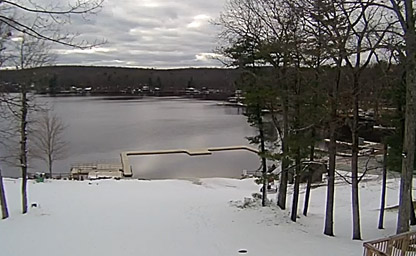
Experience the incredible golf and breathtaking scenery
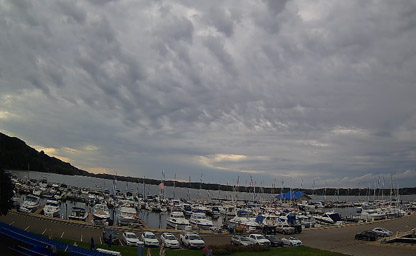
The finest and friendliest privately owned clubs on the Great Lakes
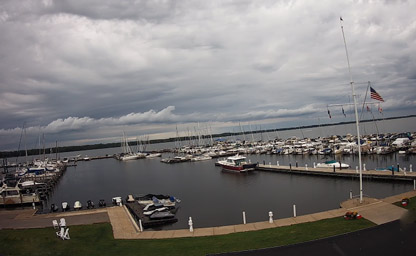
The premier boating venue on Lake Erie
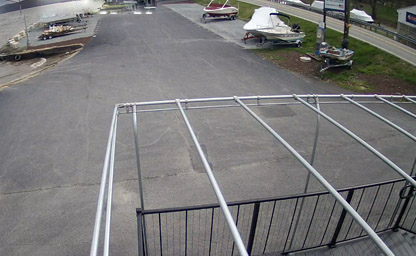
Located on Lake Clarke in York County
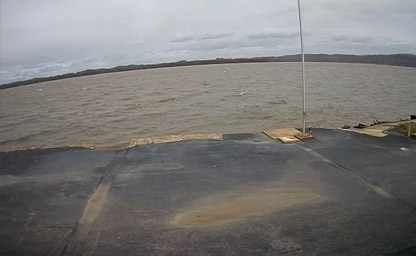
Situated along the west shores of Lake Clarke
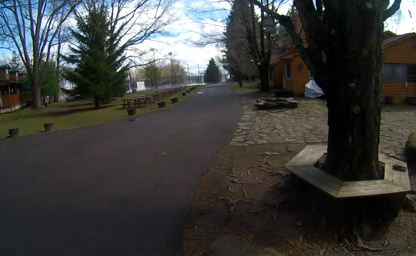
Located in the Northeast Pocono Mountains of Pennsylvania
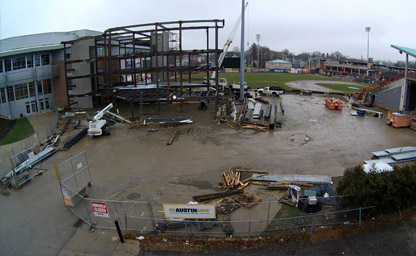
Take a look at the renovation project currently underway at UPMC Park
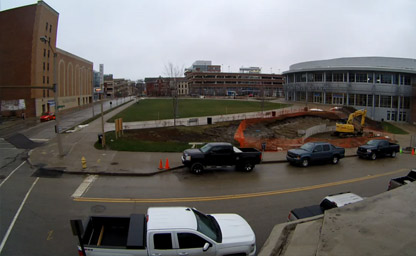
Located right next to Epic Web Studios office
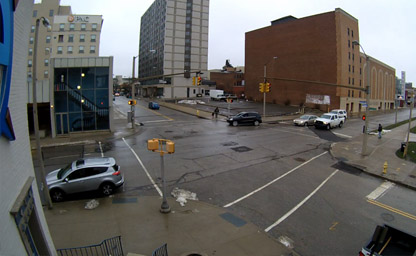
Take a look at the intersection of 9th Street and French Street

Take a look inside from the Web Development Department

Take a look at back conference room from another angle

Take a look inside from front downstairs conference room

A borough in Berks County
IpLiveCams offer a real-time glimpse into the Keystone State’s rich history, picturesque landscapes, and bustling cities. From the rolling hills of the countryside to the vibrant streets of its urban centers, these webcams capture the charm and diversity of Pennsylvania.
Nature enthusiasts can enjoy live feeds from stunning locations like the Pocono Mountains, Presque Isle State Park, and the Delaware Water Gap. These cameras showcase serene forests, tranquil rivers, and breathtaking mountain views that highlight Pennsylvania’s natural beauty.
Webcams in historic cities like Philadelphia, Pittsburgh, and Harrisburg provide live views of iconic landmarks such as Independence Hall, the Liberty Bell, and the Point State Park fountain. These feeds bring Pennsylvania’s rich cultural heritage and modern energy to life.
For a glimpse of small-town charm, live cameras in places like Lancaster and Gettysburg showcase historic streets, Amish country scenes, and historic battlefields, offering a window into Pennsylvania’s unique blend of past and present.
Seasonal changes add to the beauty of Pennsylvania’s live webcams. Experience the vibrant fall foliage, snow-blanketed hills in winter, blooming gardens in spring, and sunny summer days perfect for outdoor adventures.
Whether you’re planning a visit, exploring Pennsylvania’s history, or simply admiring its landscapes from afar, live cameras provide an engaging way to connect with the state’s timeless beauty and cultural richness.
Pennsylvania’s history is deeply intertwined with the formation and growth of the United States, earning its place as a cornerstone of American heritage. Originally inhabited by Native American tribes such as the Lenape, Susquehannock, and Iroquois, the region was rich in resources and home to well-established cultures long before European settlers arrived. The arrival of Europeans in the early 1600s brought significant changes, with Dutch, Swedish, and later British influences shaping the area.
In 1681, King Charles II of England granted William Penn a charter to establish a colony, which he named Pennsylvania, meaning "Penn's Woods." Penn envisioned the colony as a haven for religious freedom and self-governance, attracting a diverse population, including Quakers, German Mennonites, and Scotch-Irish settlers. Philadelphia, founded in 1682, quickly became a thriving port and cultural center, often referred to as the "City of Brotherly Love."
Pennsylvania played a pivotal role during the American Revolution. The Continental Congress convened in Philadelphia, where the Declaration of Independence was adopted in 1776 and the U.S. Constitution was drafted in 1787. The state’s strategic location made it a focal point for battles, including the significant turning point at the Battle of Gettysburg in 1863 during the Civil War. Today, Gettysburg National Military Park stands as a solemn reminder of the sacrifices made during that era.
Throughout the 19th and early 20th centuries, Pennsylvania became an industrial powerhouse. The discovery of coal and the development of steel manufacturing fueled rapid economic growth, with cities like Pittsburgh earning the nickname "Steel City." The Pennsylvania Railroad and other transportation networks further cemented the state’s importance in connecting the nation.
As the state transitioned into the modern era, Pennsylvania diversified its economy, emphasizing education, healthcare, and technology. Its historic landmarks, such as Independence Hall and the Liberty Bell, continue to draw millions of visitors annually, highlighting the state’s enduring significance in American history.
Pennsylvania’s climate varies significantly across its regions due to its diverse topography and geographical position. The state experiences a humid continental climate in most areas, with hot summers and cold winters. However, the southeastern corner, including Philadelphia, enjoys a humid subtropical climate, characterized by milder winters and slightly warmer summers.
Winters in Pennsylvania range from chilly to frigid, with average temperatures in the low 20s°F (-6°C) in the northern and mountainous regions and mid-30s°F (1°C) in the southeastern areas. Snowfall is common, especially in the Appalachian Mountains and the northern counties near Lake Erie, where lake-effect snow can significantly increase totals.
Spring in Pennsylvania is a season of renewal, with warming temperatures and blossoming flora. Average highs range from the 50s°F (10°C) in March to the 70s°F (21°C) by late May. Rainfall is fairly evenly distributed throughout the year, but spring often brings thunderstorms, particularly in the warmer months.
Summers are warm and humid, with temperatures typically ranging from 75°F to 85°F (24°C to 29°C). The southeastern region can occasionally experience heatwaves, with temperatures climbing above 90°F (32°C). The summer months are ideal for outdoor activities, whether hiking in the Pocono Mountains or exploring Pennsylvania’s many state parks and rivers.
Autumn is perhaps the most celebrated season in Pennsylvania, as the state’s forests transform into a kaleidoscope of red, orange, and yellow hues. The fall foliage attracts visitors from near and far, particularly in areas like the Laurel Highlands and the Allegheny National Forest. Temperatures are cool and pleasant, ranging from the 50s°F (10°C) to the 70s°F (21°C).
Overall, Pennsylvania’s climate supports a wide range of activities year-round, from skiing in the winter to kayaking and hiking during the warmer months. Visitors should prepare for varied weather conditions depending on the season and region.
Pennsylvania’s geography is incredibly diverse, offering a mix of mountains, rivers, valleys, and plains. The state spans 46,055 square miles, making it the 33rd largest in the United States, and is bordered by six states: New York, New Jersey, Delaware, Maryland, West Virginia, and Ohio. To the northwest, it touches Lake Erie, providing access to one of North America’s Great Lakes.
The Appalachian Mountains run diagonally across Pennsylvania, dividing the state into several distinct geographic regions. The Piedmont Plateau, located in the southeastern part of the state, features rolling hills and fertile farmland, making it one of the most productive agricultural areas in the country. The Atlantic Coastal Plain, which includes Philadelphia, is characterized by low-lying terrain and urban development.
The Ridge and Valley region, encompassing much of central Pennsylvania, is marked by a series of parallel mountain ridges and valleys. This area includes the iconic Cumberland Valley and the Lehigh Valley, both known for their scenic beauty and outdoor recreation opportunities. The Allegheny Plateau, covering the western and northern parts of the state, features rugged terrain and dense forests, including the Allegheny National Forest, a haven for hikers, campers, and wildlife enthusiasts.
One of Pennsylvania’s most unique geographic features is the Pocono Mountains in the northeastern part of the state. This region is a popular destination for skiing, hiking, and relaxation, with countless resorts and outdoor attractions. The Delaware River forms the eastern boundary with New Jersey, while the Ohio River begins in Pittsburgh, created by the confluence of the Allegheny and Monongahela rivers.
Pennsylvania is also home to numerous waterways, including the Susquehanna River, one of the longest rivers on the East Coast. The state’s abundant water resources have played a crucial role in its development, from powering mills and factories during the Industrial Revolution to providing recreational opportunities today.
In addition to its natural features, Pennsylvania boasts a wealth of man-made landmarks, such as the Pennsylvania Turnpike, one of the first long-distance highways in the United States. The state’s geography has supported its role as a transportation hub, connecting the Northeast and Midwest regions of the country.
Tip: To experience Pennsylvania’s rich natural beauty and history in one trip, take a scenic drive along the Delaware Water Gap National Recreation Area. This picturesque route offers stunning river views, hiking trails, and access to historical sites like Millbrook Village.
Interesting Fact: Pennsylvania is home to the only town in the United States that has been burning continuously since 1962. Centralia, once a bustling mining community, was abandoned after an underground coal seam caught fire, creating a surreal landscape that still fascinates visitors today.